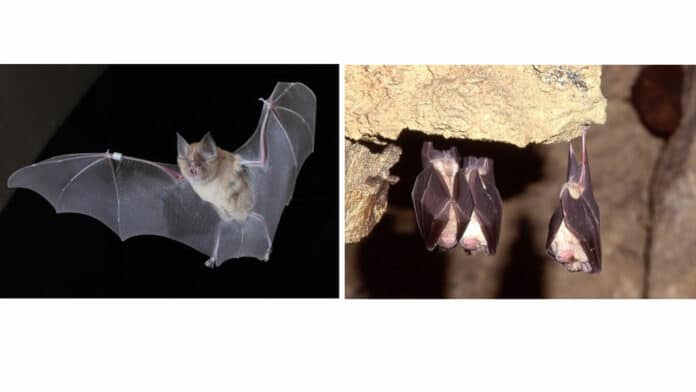Bats in temperate zones regulate their body temperatures during winter torpor to save energy and take advantage of the moderate circumstances for feeding. Although it is possible that climate change could affect bats’ hibernation cycles, further investigation is required to determine how telomeres will affect how bats adapt to a changing environment.
A study by researchers from the University of Bristol and University College Dublin found that weather fluctuations had altered the molecular mechanism thought to give bat species their long lives. The rising global temperatures have affected the hibernation cycle of a group of wild, more significant horseshoe bats.
Numerous concepts are connected to hibernation to explain why hibernating mammals live longer than non-hibernating mammals. Studies on telomeres, markers of aging and somatic maintenance, indicate that telomere extension may be a sign of self-maintenance under favorable circumstances. Telomere shortening is thought to slow during hibernation.
The 2019/2020 hibernation period saw an increase in bats emerging from hibernation due to warmer weather, and data from the current study revealed that these bats had much shorter telomeres than those observed in earlier, colder winters.
This was surprising and worrisome- given that the predicted rise in global temperatures could limit the beneficial effects of hibernation in our wild bats.
For this study, scientists worked with a population of wild, more significant horseshoe bats (Rhinolophus ferrumequinum) in the UK, which has been monitored since 1959 by Dr Roger Ransome, who now holds the record for the longest mammal field study by an individual.
Scientists followed more than 200 individuals throughout three winters in the first longitudinal study of telomeres in hibernating bats to ascertain the beneficial effects of hibernation on telomeres.
The research shows that telomeres lengthen rather than shorten during the hibernating season, acting as a type of rejuvenation.
This is most likely caused by the expression of the telomerase enzyme, which permits healthy telomeric DNA replication in bats. When activated in non-egg and sperm cells, the enzyme typically promotes cancer in other mammals, including humans.
Co-author Professor Gareth Jones from Bristol’s School of Biological Sciences said, “It is fascinating that telomeres can extend in length, and it will be interesting further to investigate the potential role of telomerase in this process.”
Lead author Dr Megan Power, from UCD School of Biology and Environmental Science, said, “The study highlights the serious potential consequences that changing climatic conditions could have for the long-lived temperate of bats. We found that climate plays a huge role, showing how susceptible our native mammals can be to fluctuations in weather, with worrying implications given our forecasted climate changes. Species with long life spans and a slow reproductive rate, like bats, are particularly vulnerable to environmental change. Therefore, we need to understand how bats are affected by and cope with rapid climate change.”
Journal Reference:
- Megan L. Power, Roger D. Ransome, Sébastien Riquier et al. Hibernation telomere dynamics in a shifting climate: insights from wild greater horseshoe bats. Proceedings of The Royal Society B. DOI: 10.1098/rspb.2023.1589
